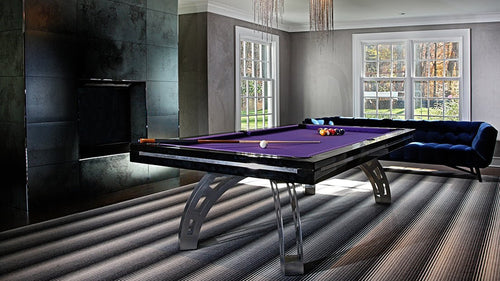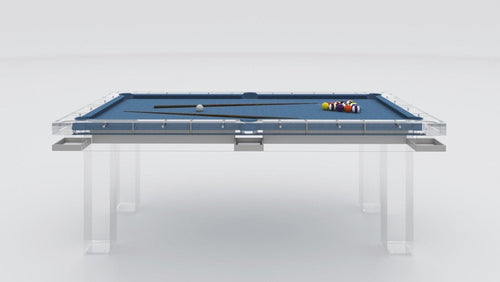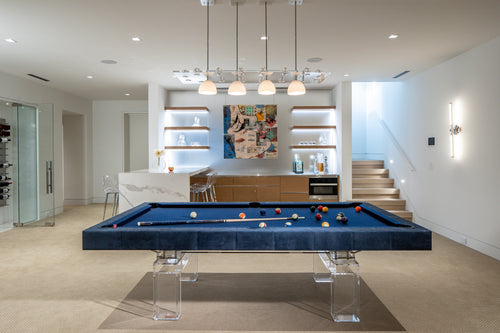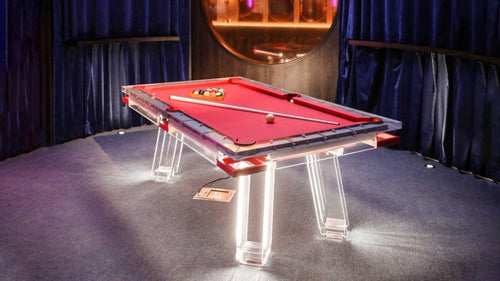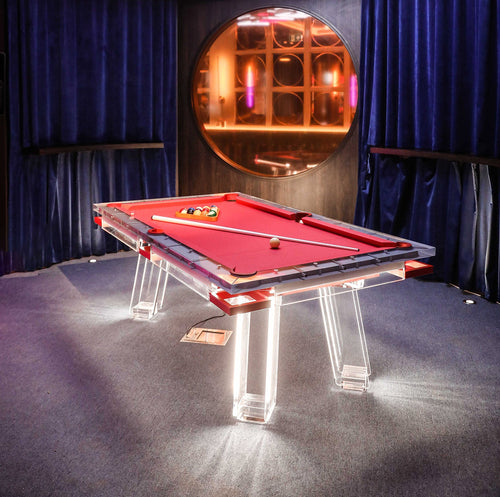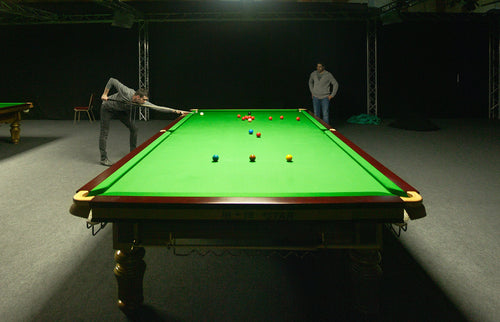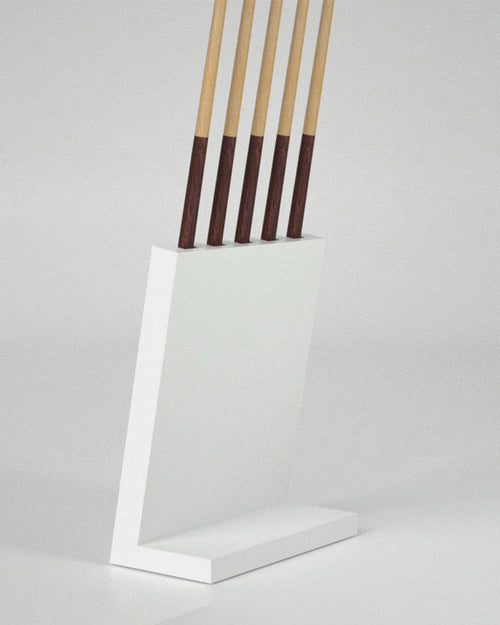Enjoy our modern designs
Estimated Read Time: 6 mins | Updated:
Ready to challenge your friends with a competitive twist on traditional billiards? Cutthroat Pool is a fast, strategic game for three or more players that rewards both offense and defense. This guide covers everything you need to play — rules, equipment, strategy, common variations, and FAQs.
What is Cutthroat Pool?

Cutthroat Pool is a multiplayer billiard game usually played by three people (it scales to more). Instead of clearing your own set first, you eliminate opponents by pocketing their balls. The last player with any object balls left on the table wins — every shot matters and the tension stays high throughout the match.
Why Play Cutthroat?
- Great for groups: Designed for three or more players — perfect for social play.
- Strategic depth: Balances offense and defense; positioning matters as much as pocketing.
- High replay value: Each game plays differently based on assignments and tactics.
Essential Equipment

You'll need standard pool gear — nothing exotic:
- Pool table: 7ft, 8ft, or 9ft with six pockets.
- Set of balls: 16 balls (cue ball + 1–15).
- Cues: One per player if possible.
- Rack: Triangle rack for the break.
- Chalk: For consistent, legal shots.
Basic Rules
Core rules to get a standard Cutthroat game running:
Number of Players
- Best with three players. Can be adapted for more by changing group sizes.
Ball Assignment
- Divide the 15 object balls into three groups:
- Player 1: 1–5
- Player 2: 6–10
- Player 3: 11–15
- Objective: Pocket opponents' balls while protecting your own.
Starting the Game
- Rack all 15 balls in a triangle (1-ball at the apex).
- A legal break requires at least four balls contacting cushions or pocketing at least one ball.
Taking Turns
- Players shoot in turn; you continue your turn while legally pocketing balls.
- Missing or fouling ends your turn.
Winning
- The last player with any object balls remaining on the table wins.
Step-by-Step Guide
Quick setup and play flow:
1. Assign Ball Groups
- Divide the 15 balls into equal groups. Common methods: random draw, dice, or claim-after-break when a player sinks a ball on the break.
- Three players = five balls each.
2. Rack
- Place the 1-ball at the front of the rack; 6 and 11 typically occupy the rear corners for balance.
- Keep the rack tight.
3. Break
- Cue ball behind the head string. Aim to spread the rack. If the break is illegal, the incoming player may re-rack or accept the table as is (house rule dependent).
4. Play
- Target opponents' balls. Keep your balls safe and use position to set up follow-up shots.
- If all your balls are pocketed, you’re eliminated (unless a local rule allows re-entry).
Advanced Strategies

Strategy separates casual players from consistent winners. Use these tactics:
Defensive Play
- Hide your balls: Park them near rails or cluster them with other balls to make direct shots difficult.
- Block angles: Use your balls to obstruct clear paths to vulnerable balls.
Offensive Tactics
- Target weak links: Remove the most exposed opponent balls first to reduce their options.
- Combo setup: Plan combos that sink multiple opponent balls in one turn.
Cue Control & Psychology
- Control the cue ball: Leave it where it restricts opponents or sets up your next shot.
- Mind games: Pace the table and use shot selection to pressure opponents into mistakes.
Common Variations
Popular rule tweaks to vary difficulty and length:
- Rotation Cutthroat: Must contact the lowest-numbered opponent ball first — adds structure and difficulty.
- Handicap Cutthroat: Give stronger players restrictions (e.g., must bank shots) to balance skill levels.
- Double Cutthroat: Add more balls or players for longer matches or team play.
- Spotting rules: After a scratch, specific balls may be spotted back on the table per house rules.
Frequently Asked Questions
Can Cutthroat be played with more than three players?
Yes. Adjust the number of balls per group so each player has an equal share. For four players, you might use four balls each and leave three as neutral or spotted balls.
What if I pocket my own ball?
Legally pocketing your own ball is allowed but usually unwise — it reduces your protection. In some variations it’s a foul; confirm house rules beforehand.
How are scratches handled?
Common practice: the incoming player receives ball-in-hand behind the head string and one ball from each opponent’s group may be spotted back on the table — but these specifics vary by local rules.
Do shots have to contact an opponent’s ball first?
Yes — for a shot to be legal, the cue ball must contact an opponent’s ball before any of your own. Hitting your own ball first is a foul.
Conclusion
Cutthroat Pool is social, tactical, and fast-paced — ideal for groups that want competitive, variable play. Gather three or more players, agree on house rules, and start practicing positional defense and targeted offense. The last player with balls on the table wins.
Ready to upgrade your game room?
Explore our modern collection of custom pool and game tables to match your style and play preferences.
Explore Modern Tables


